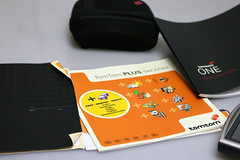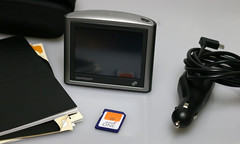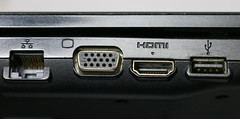CAMERA ANGLE / MOVEMENT/EDITING/SOUND
CAMERA ANGLE / MOVEMENT/EDITING/SOUND
|
TERM |
MEANS |
|
Wide Shot / Establishing Shot |
Where setting is shown (lots of space) |
|
Mid Shot |
Shows top half of people but not close up |
|
Two Shot |
Shows 2 people (usually as a MID SHOT) |
|
Close Up (and/or Reaction Shot) |
Shows detail up close (ie, head & shoulders) |
|
Over-the-shoulder-shot |
Usually see one person confronting another |
|
Low Angle |
Camera looks up from below |
|
High Angle / Aerial Shot |
Camera looks down from above |
|
Point of View Shot |
The camera shows what a character sees |
|
Tilt / Canted / Oblique |
Frame is tilted to disorientate |
|
Zoom |
Use of Zoom lens to focus closely or move away without moving camera |
|
Crane Shot |
When camera is lifted away and upwards, indicates end of show/scene |
|
Track / Tracking / Panning |
Camera follows something moving and/or shows setting |
EDITING – moving from one frame to another
|
TERM |
MEANS |
|
Fast Cut |
for fast pace – is a cut every 5-6 seconds |
|
Continuity / Invisible |
aims to create a sense of reality and time moving forward, very subtle |
|
Mix Cut |
means an overlap of scenes |
|
Fade Cut |
suggests passing of time |
|
Dissolve Cut |
suggests flashback, dream sequence |
|
Fade to Black Cut |
suggests end |
|
Wipe Cut |
Pulls/pushes scenes like a windscreen wiper, popular in 1950s films. |
|
Split screen Cut / Cross Cutting |
used to show 2 scenes at same time (2 people on the phone). |
|
Jump Cut |
is when a shot follows a very different one (long to close up) which shocks viewer, the image ‘jumps’ out at them. |
|
Freeze Frame |
the effect of seemingly stopping a film in order to focus in on one event or element. |
|
Eye Line Match |
cuts from one character to what that character has been looking at. |
|
Flashback |
a scene or moment in a film in which the audience is shown an event that happened earlier in the film’s narrative |
|
Graphic Match |
two different objects of the same shape are dissolved from one into the other. |
|
Montage |
the juxtaposition of seemingly unconnected images in order to create meaning. |
|
Visual Effects |
visual effects are usually used to alter previously-filmed elements by adding, removing or enhancing objects within the scene. |
LIGHTING
|
TERM |
MEANS |
|
Background |
lights background of set |
|
Cameo |
Spot light, especially on the face |
|
Fill |
gives slight light to darker areas (reduces contrast) |
|
High |
where it is so bright there are no shadows |
|
Low |
offers a silhouette around objects (fine line of light around them) |
SOUND
|
TERM |
MEANS |
|
Diegetic sound |
any sound in the scene whose source is justified by something the scene, whether actually seen or not (i.e., a phone ringing, a siren in the distance, footsteps, a slamming door, an airplane going overhead, a band playing, etc.) |
|
Non-Diegetic |
any sound superimposed on the scene (i.e., score music, voice-over narration, etc.) |
|
Sound Effects |
sounds that are added to a film during the post-production stage. |









